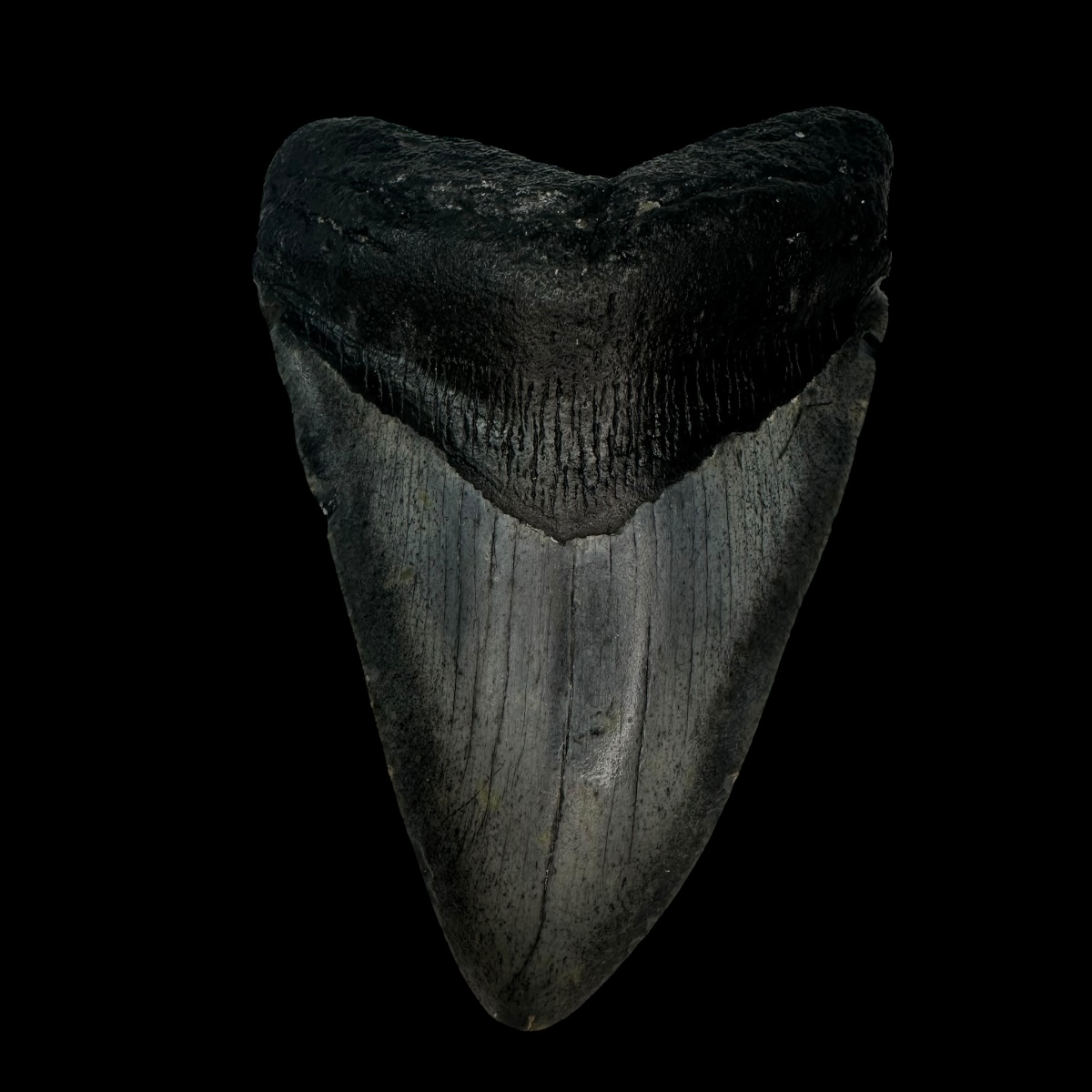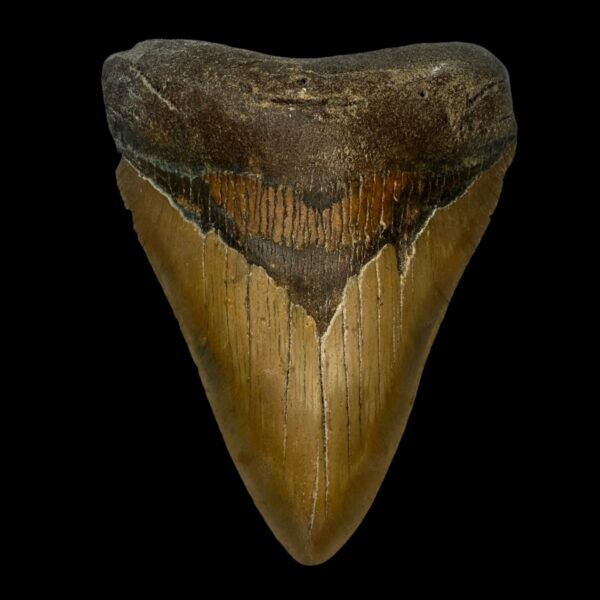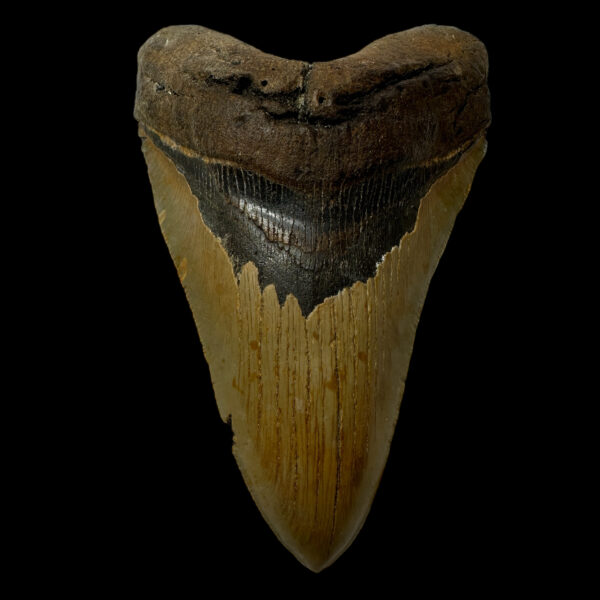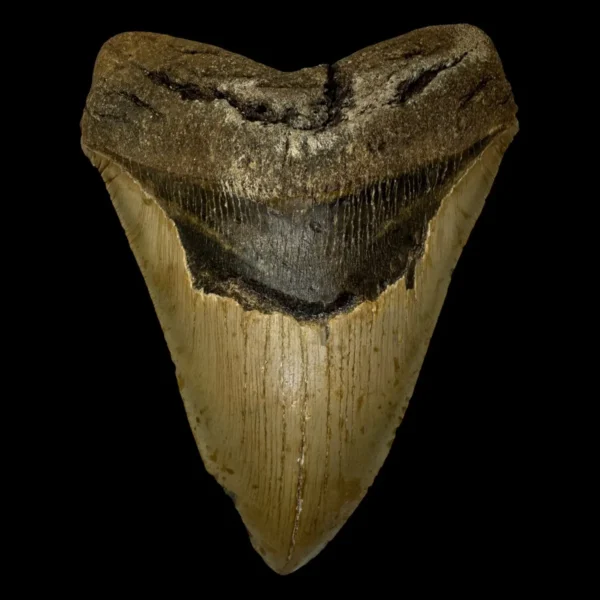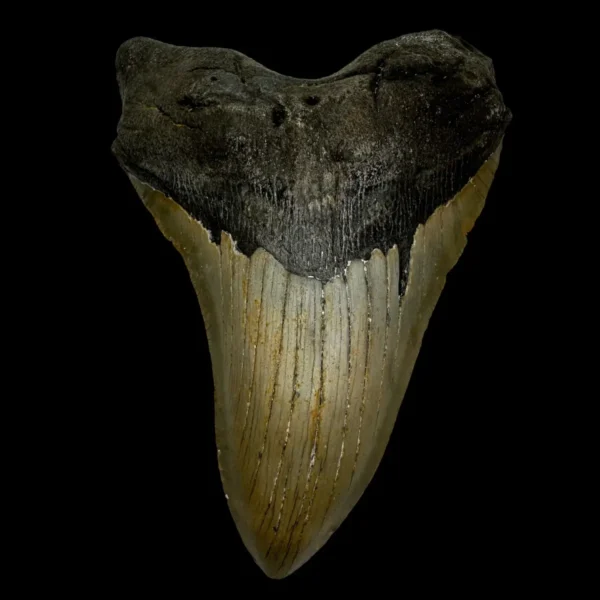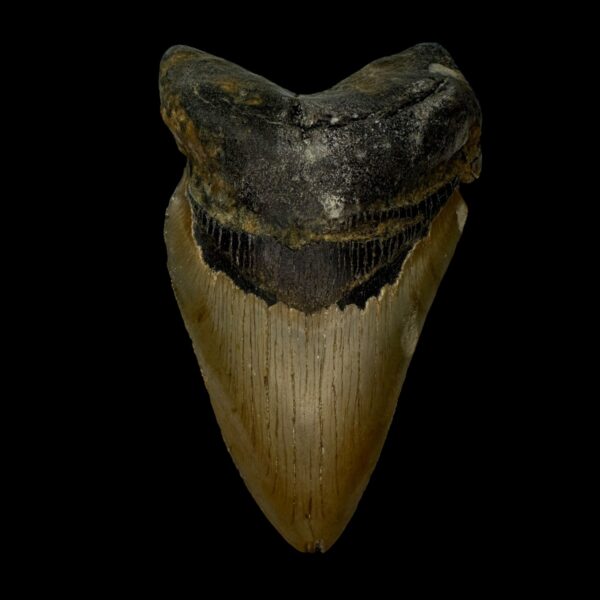Discover 7 Fascinating Facts About How Fossilized Megalodon Teeth Reveal Ancient Oceans
Introduction
Fossilized Megalodon teeth are among the most remarkable remnants of prehistoric life. They provide scientists and enthusiasts with invaluable insights into ancient ocean ecosystems, predator-prey dynamics, and evolutionary history. By studying these teeth, researchers can discover how the Megalodon, one of the largest sharks to ever exist, thrived in oceans millions of years ago.
This guide explores 7 Fascinating Facts that show how fossilized Megalodon teeth help us understand the past and offer educational value for students, collectors, and researchers alike.
1. Teeth as the Best Evidence of Ancient Sharks
1.1 Durability Over Time
Unlike cartilaginous skeletons that decay quickly, fossilized Megalodon teeth are made of durable enamel and dentin. This makes them the primary source of information about the shark’s size, diet, and behavior.
1.2 Continuous Shedding
Megalodons constantly replaced teeth throughout their lifetime, producing thousands. This abundance ensures a large fossil record that scientists can study to understand population trends and adaptation strategies.
2. Insights into Ancient Diets
2.1 Serrations Reveal Feeding Habits
The serrated edges of fossilized Megalodon teeth indicate that these sharks preyed on large marine mammals, including whales. Bite marks found on fossilized bones confirm this and allow scientists to discover predator-prey relationships in prehistoric oceans.
2.2 Wear Patterns Show Hunting Behavior
Teeth with wear and tear patterns reveal how often Megalodons hunted and which types of prey they favored, offering insights into their feeding strategies and ecosystem impact.
3. Geographic Distribution
3.1 Global Fossil Locations
Fossilized Megalodon teeth have been discovered across North and South America, Europe, Asia, and Africa. This wide distribution shows how these apex predators dominated warm, tropical seas around the world.
3.2 Migration and Ocean Currents
Studying the locations of fossilized Megalodon teeth allows scientists to discover how ocean currents and environmental conditions influenced the movement and distribution of these massive sharks.
4. Evolutionary Clues
4.1 Tooth Morphology Changes
By comparing teeth from different geological periods, scientists can trace changes in size and shape. Early teeth were narrower, while later specimens became broader and stronger, reflecting adaptations to larger prey.
4.2 Connections to Modern Sharks
Comparisons between fossilized Megalodon teeth and modern great white shark teeth reveal evolutionary trends, helping students and researchers understand how traits like serrated edges and enamel thickness evolved over millions of years.
5. Educational Applications
5.1 Classroom Learning
Fossilized Megalodon teeth are excellent teaching tools. Students can handle replicas or images to discover how evolution works, how ecosystems functioned, and the role of apex predators in marine food chains.
5.2 Museum Exhibits
Museums showcase these fossils to engage the public and provide hands-on learning experiences. Visitors can see the size and structure of the teeth and understand the Megalodon’s dominance in ancient oceans.
6. Fascinating Facts
Megalodon teeth could grow over 7 inches, far larger than modern shark teeth.
Megalodons likely consumed hundreds of pounds of prey daily.
Fossils are found across five continents, indicating a broad geographic range.
The teeth evolved over millions of years, reflecting changing diets and environments.
Bite marks on whale fossils show evidence of hunting strategies.
7. Conclusion
Fossilized Megalodon teeth are more than relics—they are windows into ancient marine ecosystems. By studying them, scientists and learners can discover the evolutionary adaptations, feeding habits, and migration patterns of these apex predators. These fossils provide educational insights that link Earth’s past to modern understanding of marine biology and evolutionary science.
👉 Explore authentic fossilized Megalodon teeth at our Megalodon Tooth Shop and discover the secrets of prehistoric oceans for yourself.
Additional Insights: Discovering the Secrets of Megalodon Tooth Fossils
Fossilized Megalodon teeth are invaluable for understanding the ancient marine ecosystems in which these massive sharks lived. Each tooth provides clues about the Megalodon’s hunting strategies, prey preferences, and even the environmental conditions of prehistoric oceans. By examining the size, shape, and wear patterns, scientists can discover how this apex predator evolved to dominate its environment for millions of years.
The distribution of Megalodon teeth around the world also reveals important information about the migration patterns of these sharks. Teeth recovered from North and South America, Europe, and Africa indicate that Megalodon preferred warm, shallow waters and was capable of long-distance travel across ancient oceans. This helps researchers discover how changes in climate, sea levels, and ocean currents influenced the shark’s behavior and survival.
Moreover, the mineral composition of fossilized teeth tells us about the chemistry of the water in which the shark lived. For example, phosphate-rich sediments produce dark-colored teeth, while iron-rich sediments give them reddish or brown tones. These geological clues allow scientists and students to discover the relationship between marine chemistry and predator adaptation.
For educational purposes, fossilized Megalodon teeth are ideal for classroom lessons and museum exhibits. Students can compare teeth of different sizes, analyze serrations, and learn how evolutionary pressures shaped this predator. By studying these fossils, learners not only gain insights into Megalodon biology but also into broader concepts like evolution, ecology, and environmental change.
Ultimately, each fossilized Megalodon tooth is a window into a vanished world, offering endless opportunities to discover the mysteries of prehistoric oceans and the species that inhabited them.

